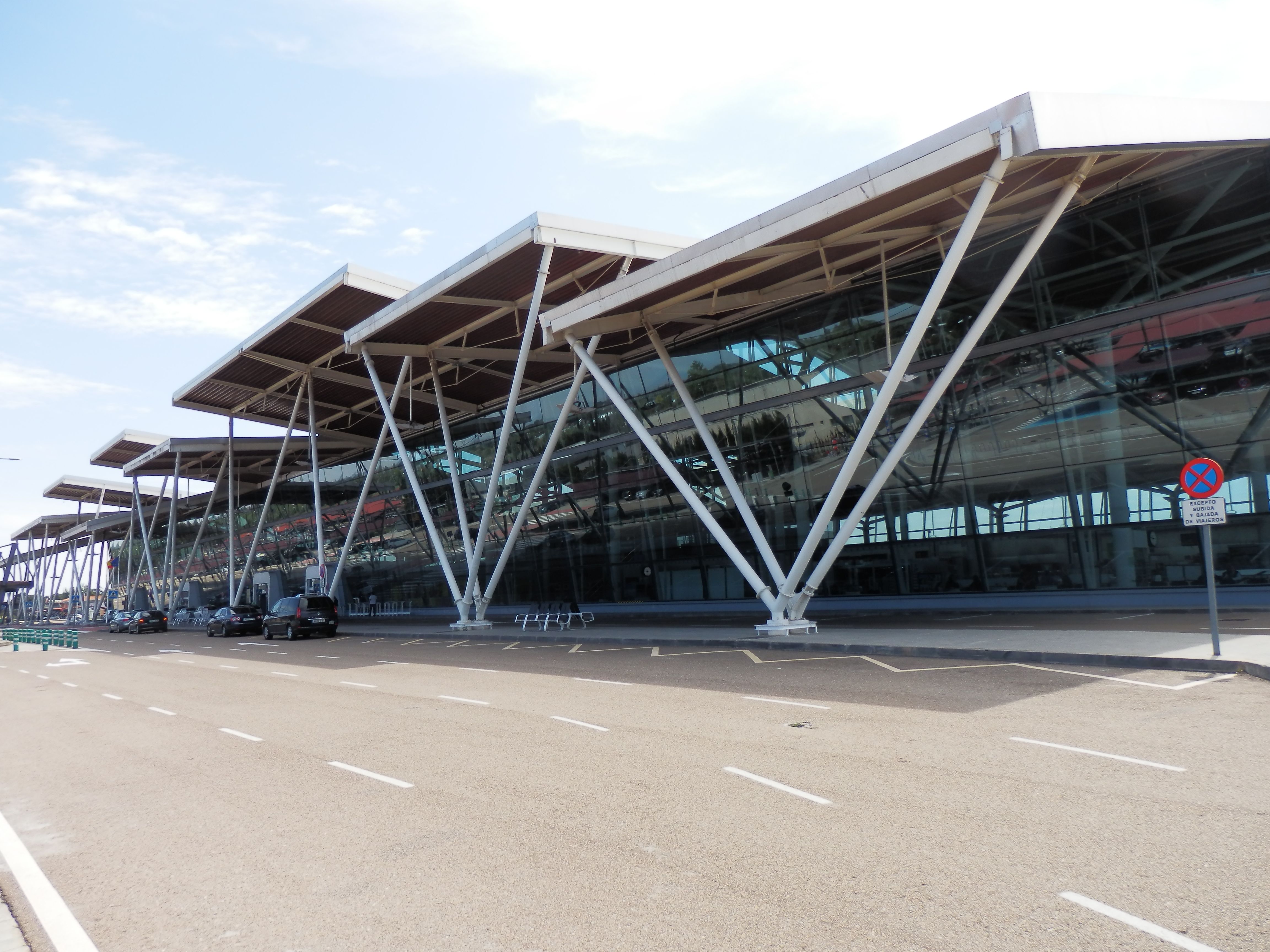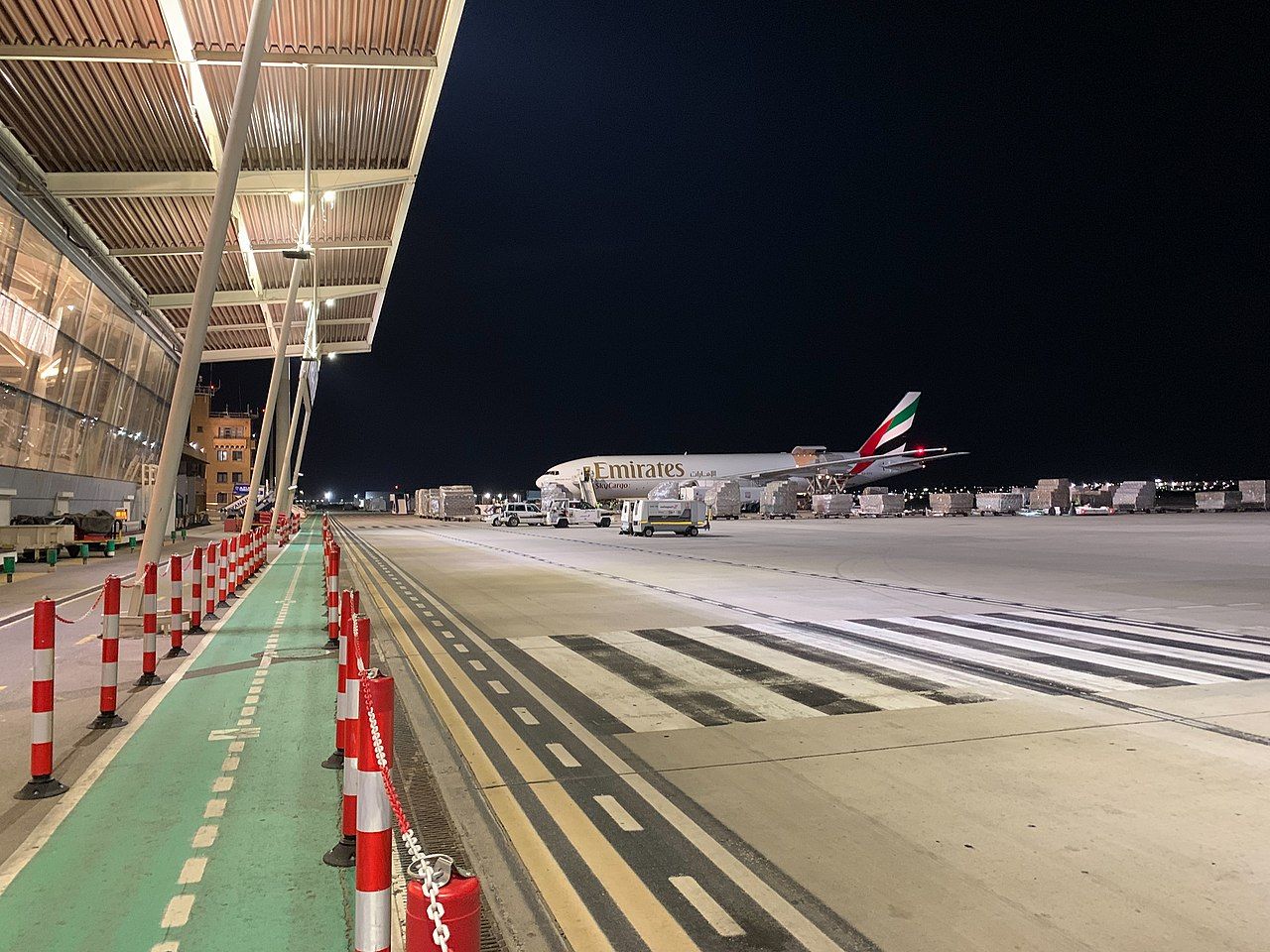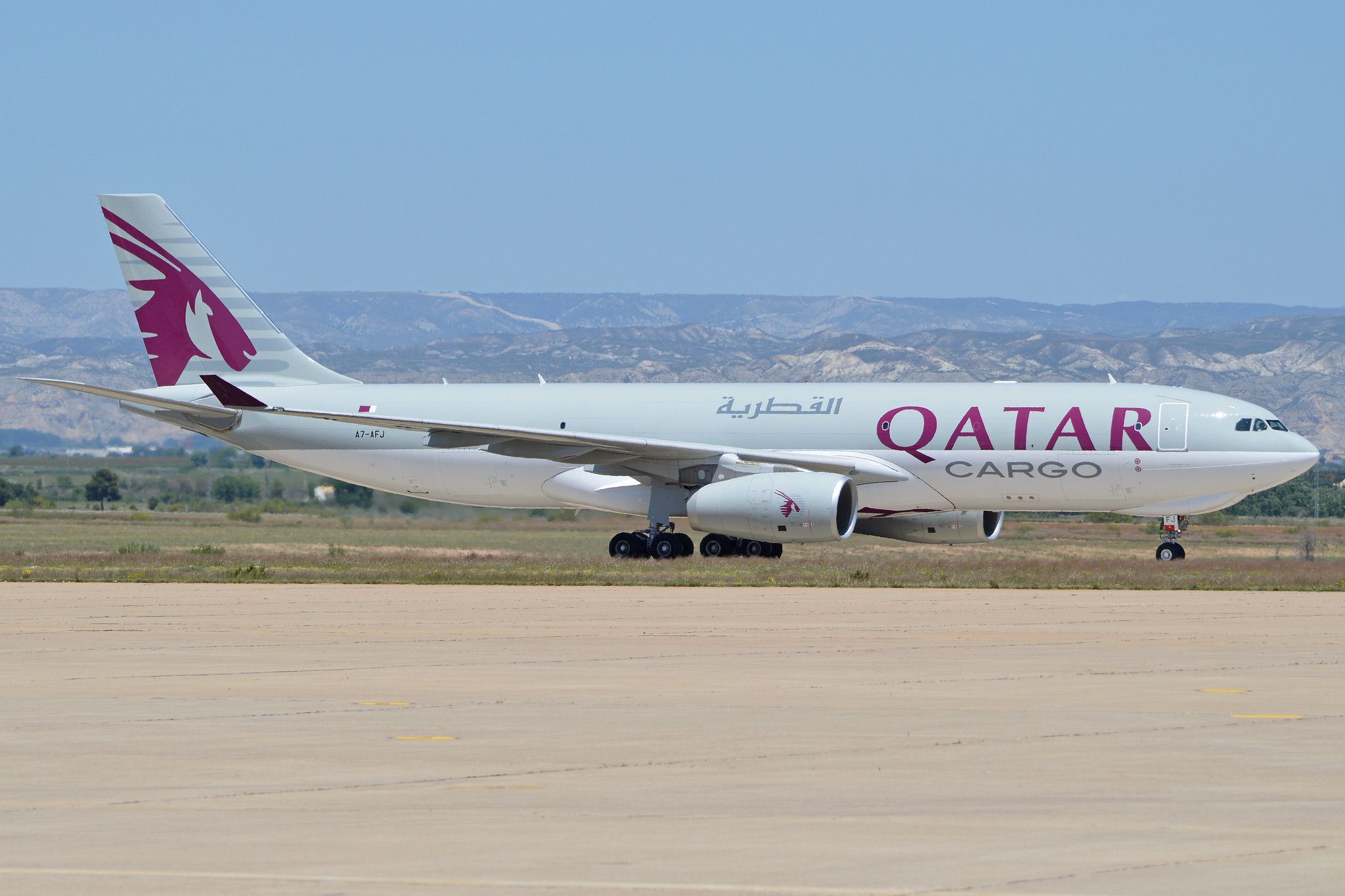Before we get into why Zaragoza Airport (ZAZ) has become such a vital cargo hub, let's first look at the airport's origins. Located in northern Spain, nine miles from the city of Zaragoza in the autonomous community of Aragon, Zaragoza Airport was developed as a military facility during the Cold War.
Initially, a Spanish Air Force base, the United States leased the facility for temporary or intermediate use as a war standby base. In 1954 United States Navy engineers enlarged and upgraded the facility to make it a major United States Air Force Base along with Torrejón Air Base near Madrid and Morón Air Base near Seville.
The runway was long enough to handle the Space Shuttle
The first construction project involved strengthening the existing 9,221-foot runway and adding 1,000-foot overruns at each end. Work began on a new 12,200-foot concrete runway in 1956, with 200-foot overruns at each end. Because of the runway's length and location in Southern Europe, it was chosen by NASA as a contingency landing site for the Space Shuttle in an emergency. The base also had a military-grade navigation system called a TACAN that could be adapted to NASA's shuttles' guidance devices.
Zaragoza surpassed Barcelona to become the second-largest cargo airport in Spain
Classified as being a military air base open to civilian air traffic, Zaragoza Airport welcomed its first international civilian flights in 1961.
Second, only to Madrid-Barajas Airport (MAD) in the nation's capital, Zaragoza Airport has grown to become Spain's second-largest cargo airport.
Since 2006 Zaragoza Airport has been growing at a rate of 20% per year, accounting for more than 60% of all e-commerce in Spain.
Located less than 200 miles from Barcelona, Madrid, and Valencia, Zaragoza Airport is connected by road, rail, and air to Spain's leading economic and industrial hubs. Operating 24 hours a day, seven days a week the airport is an EU-Approved Border Inspection Post (BIP) for animal products for human consumption and has facilities for controlling plant-based products.
Zaragoza Airport also has temperature-controlled storage facilities and uses all the latest technologies to speed up cargo delivery. Whether handling the needs of Moto GP teams or the exportation of Spanish-bred horses to South America or the Middle East, Zaragoza Airport is experienced in every aspect of cargo delivery and logistics.
Zaragoza Airport operates similar to Liege Airport
Similar to how Liege Airport (LGG) operates in Belgium, the emphasis at Zaragoza Airport is firmly focused on cargo and not passengers. Having said that, it does offer passenger flights to several domestic destinations in Spain and seasonal flights in summer to various destinations around Europe. Airlines operating from Zaragoza airport include the following:
- Air Europa
- Binter Canarias
- Blue Air
- Iberia
- Ryanair
- Volotea
- Vueling
- Wizz Air
Now firmly entrenched as being one of the 20 top cargo airports in Europe, Zaragoza Airport handled more than 194,000 tons of air freight in 2021. Air freight cargo operators with facilities at Zaragoza Airport include the following air freight and logistic companies:
- AirBridgeCargo
- Air China Cargo
- Atlas Air
- Avianca Cargo
- Cargolux
- China Cargo Airlines
- Emirates SkyCargo
- Ethiopian Cargo
- Qatar Airways Cargo
- Saudia Cargo



